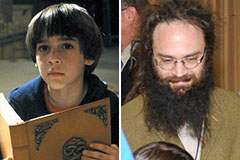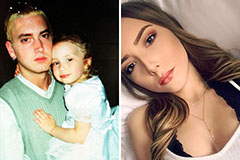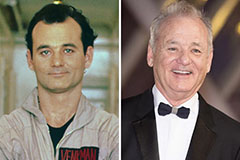
The primary hues are crimson, azure, and golden. These hues cannot be created by mixing other colors combined. Secondary colors, such as green, orange, and violet, are formed by mixing primary colors. Tertiary colors are created by combining a main hue with a intermediate hue. Grasping these fundamental connections helps creators choose colors that complement one another and create a aesthetically pleasing show. Mixing these colors on an LED dance floor can result to dynamic and exciting outcomes that attract the focus of participants.
Color temperature also plays a key part in design. Hues can be categorized as warm or chill. Hot hues, such as red, orange, and yellow, tend to elicit feelings of excitement and heat. In opposition, chill colors like blue, green, and purple typically generate a serene and tranquil atmosphere. Designers can use these hue values to establish the mood for different types of occasions. For instance, a celebration environment may gain from hot hues that invigorate the audience, while a further go to this web-site relaxed event might use chill hues to provide a calming influence.
In addition to color pairings and value, luminosity and intensity are vital elements to consider. Brightness denotes to how bright or dark a color looks, while intensity measures the intensity of a hue. Vivid, intense colors can create a vibrant and energetic environment, ideal for dance surfaces. On the contrary hand, gentler, less saturated hues can generate a more subdued environment. Through manipulating luminosity and intensity, designers can draw focus to specific areas of the dancing floor or create sight routes, guiding participants through the venue.
Ultimately, it is essential to see it here consider the emotional impacts of color in LED dancing floor designs. Various hues can evoke various feelings and reactions. For example, red is frequently linked with passion and energy, while azure can be soothing and peaceful. Understanding these connections enables designers to tactically apply hues to influence the behavior of participants. Through integrating color theory into LED dancing surface designs, creators can enhance the total encounter, rendering it memorable and enjoyable for all participating.
 Alfonso Ribeiro Then & Now!
Alfonso Ribeiro Then & Now! Barret Oliver Then & Now!
Barret Oliver Then & Now! Hailie Jade Scott Mathers Then & Now!
Hailie Jade Scott Mathers Then & Now! Bill Murray Then & Now!
Bill Murray Then & Now! Teri Hatcher Then & Now!
Teri Hatcher Then & Now!